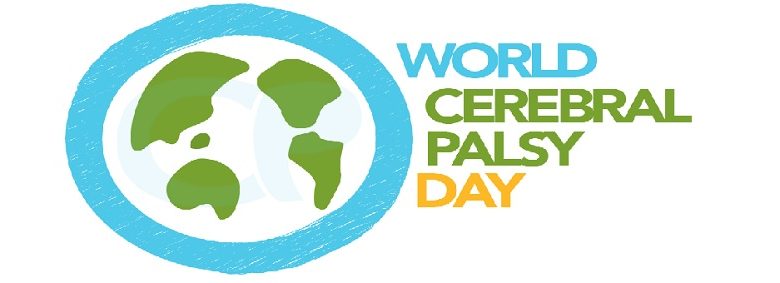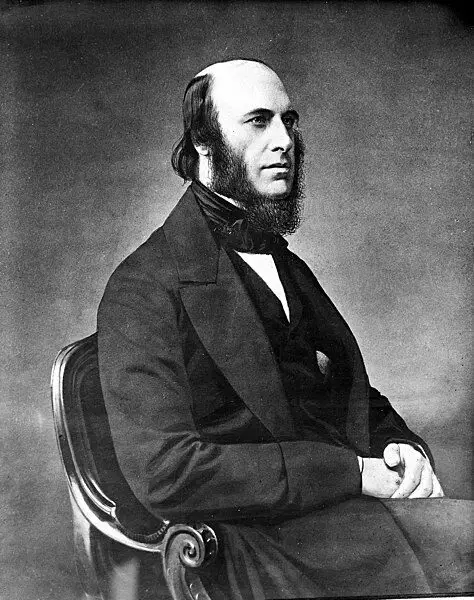
World Cerebral Palsy Day: honouring disabled pioneer William John Little
Have you heard of disabled pioneer William John Little? Having been instrumental in cerebral palsy research and treatment, we thought it would be fitting to honour him on World Cerebral Palsy Day. Deputy editor Karen Mogendorff, who herself has spastic diplegia, discusses his life, work and impact on people with cerebral palsy, including herself.
Almost everyone knows Stephen Hawking – the famous scientist with motor neurone disease. But did you know that many more trailblazers and inventors have a chronic condition?
Today, on World Cerebral Palsy Day, I want to honour cerebral palsy pioneer William John Little. He was the first doctor to medically describe ‘Little’s disease’ – nowadays known as spastic diplegia – a form of cerebral palsy.
He also developed treatments for cerebral palsy inspired by his own experiences as a recipient of Achilles tendon surgery for his club foot.
As a writer and editor with an academic and research background, I have long since followed his work. I have ‘Little’s disease’ myself and also had Achilles tendon surgery as a teenager before I knew about William’s reservations of it.
I am a present-day example of Little’s observation that the theory of corrective surgery for people with cerebral palsy can work out differently in practice.
Who is William John Little?

William John Little was an English orthopaedic surgeon with club feet. He was born in 1810 as a son of a London inn owner and died in 1894.
William had paraplegia as well as club feet from early childhood. It is still unclear whether his impairments were caused by a birth defect or the aftermath of early childhood polio.
As an adult, William studied medicine and became a teacher of anatomy, physiology and pathology at the London Hospital. Inspired by first-hand experience with club feet and as a surgical patient, he also studied foot deformities associated with cerebral palsy.
During his studies in the 1830s, William befriended Luis Stromeyer (1804–1876), a German surgeon. He was the first surgeon to perform surgery on the Achilles tendon of a deformed foot, and did so on William. The operation was a success, with him walking much better afterwards.
Why is William Little significant to people with cerebral palsy?
William’s background meant that he had a unique insight into his studies. He understood what his patients faced and could empathise with them.
In 1837 he earned a doctoral degree from the University of Berlin. In the same year, William returned to London, where he ran a thriving private practice and started publishing research on foot surgeries. With his success increasing, he was earning recognition.
In 1840, William took a much-coveted job as surgeon at the London Hospital. He also opened the world’s first hospital dedicated solely to treating orthopaedic disorders. This hospital is today known as the Royal Orthopaedic Hospital of London.
William’s knowledge, both as a patient and a doctor, in particular in treating young children, resulted in a series of world-renowned papers.
These were one of the first academic works to describe children with spasticity and stiffness of extremities, deformities of upper and lower extremities, paresis (muscular weakness caused by nerve damage or disease) and paralysis.
Classification of cerebral palsy disorders and spastic muscle contractures
As his experience grew, William Little classified children’s disorders into groups and described in detail different types of paralysis:
- hemiplegia
- diplegia (also known as ‘’Little’s diplegia’’)
- tetraplegia.
Little was also the first to explain, in detail, the mechanism involved in (spastic) muscle contractures. He also pointed to the possibility of the opposite in people with cerebral palsy, flaccid paralysis, where weak muscles are limp instead of contracted.
But, possibly most notably, he saw the link between a degree of paresis and cognitive function in people with cerebral palsy from birth.
William John Little’s legacy
As his career progressed, William Little also became more and more aware that surgical treatment of cerebral palsy has its limitations.
He saw that some treatments in fact impaired children’s motor function. His insight into cerebral palsy was an exceptionally mature idea at the time.
As a result, his initial fascination with tenotomies gave way to a much more cautious approach. Much of William’s insights and descriptions of cerebral palsy are still valid today. He is a pioneer in cerebral palsy treatment and research.
Cerebral palsy treatment is a complex matter, even today. I believe that William did important groundwork. But that there is still much that can be improved in cerebral palsy treatment. Every instance of cerebral palsy is different.
I also believe that more good would come from people with cerebral palsy being more active partners in clinical cerebral palsy research. People’s role should not be limited to being the subject of surgery and experiments. Instead, their lived experience with cerebral palsy should be deployed to improve cerebral palsy treatment.
Cerebral palsy explained
Cerebral palsy is the most common physical disability in children in the West. Cerebral palsy is an umbrella term for neuromuscular conditions, such as spastic diplegia, tetraplegia and hemiplegia.
Hypertonia and spasticity cause constant high levels of ‘tightness’ or ‘stiffness’ of muscles in legs or arms. These are among its most noticeable characteristics of these types of cerebral palsy.
Cerebral palsy is generally associated with birth trauma, but could be down to a range of issues, such as infection during pregnancy.
Neuromotor difficulties that impair mobility are primary in cerebral palsy. But different forms of cerebral palsy can go hand-in-hand with a long list of secondary conditions, such as speech and sensory impairments and learning disabilities.
World Cerebral Palsy Day
World Cerebral Palsy Day is a social movement and a day to celebrate and affirm the lives of the people living with cerebral palsy. It was launched in 2012 by the Cerebral Palsy Alliance (Australia) and United Cerebral Palsy (USA).
World Cerebral Palsy Day is supported by more than 450 cerebral palsy service organisations, universities, parent groups, research institutions, student groups, schools and children’s hospitals from 65 countries.
By Karen Mogendorff
Do you know of any disabled pioneers or inventors that Disabled Horizons readers should know about? Let us know by commenting in the box below, messaging us on Facebook or tweeting us @DHorizons.
More on Disability Horizons…